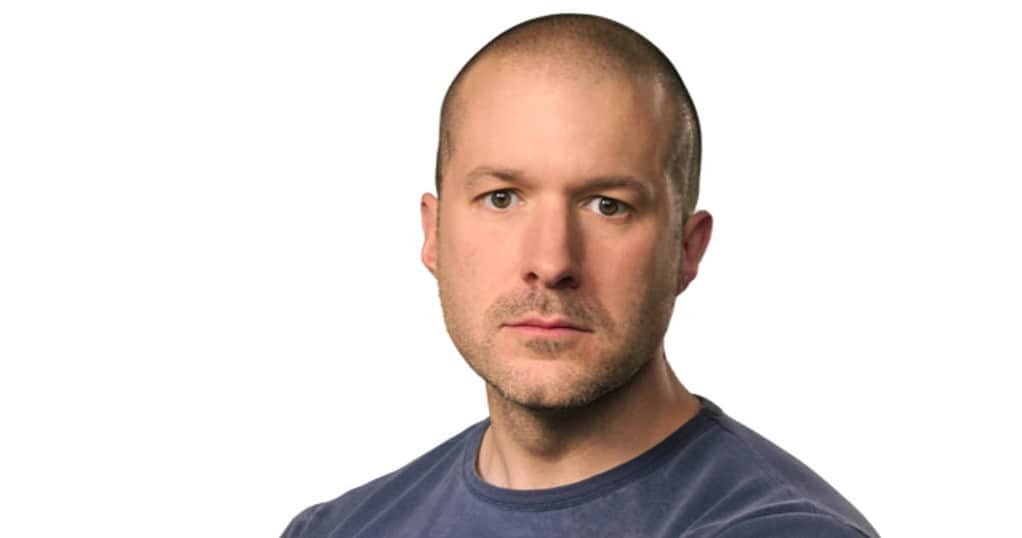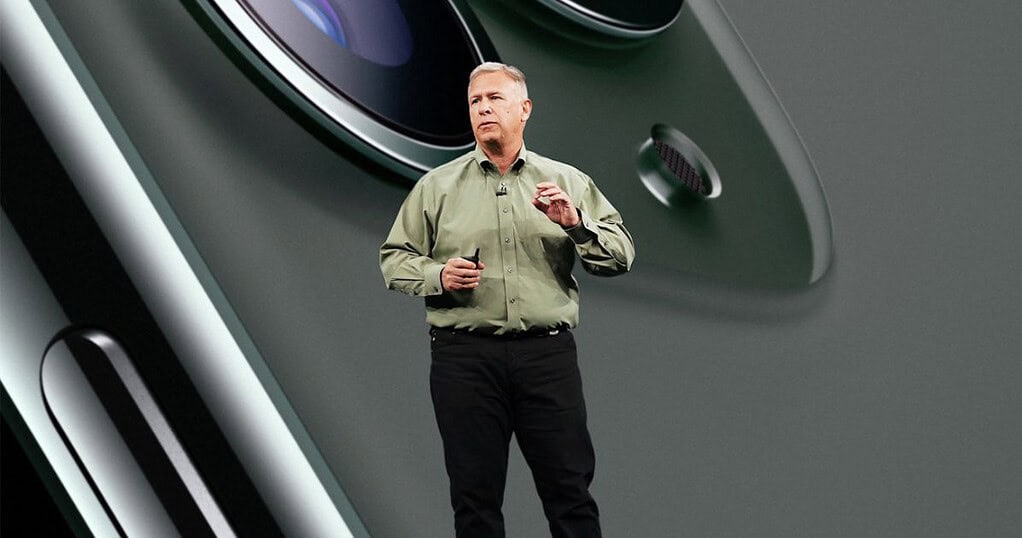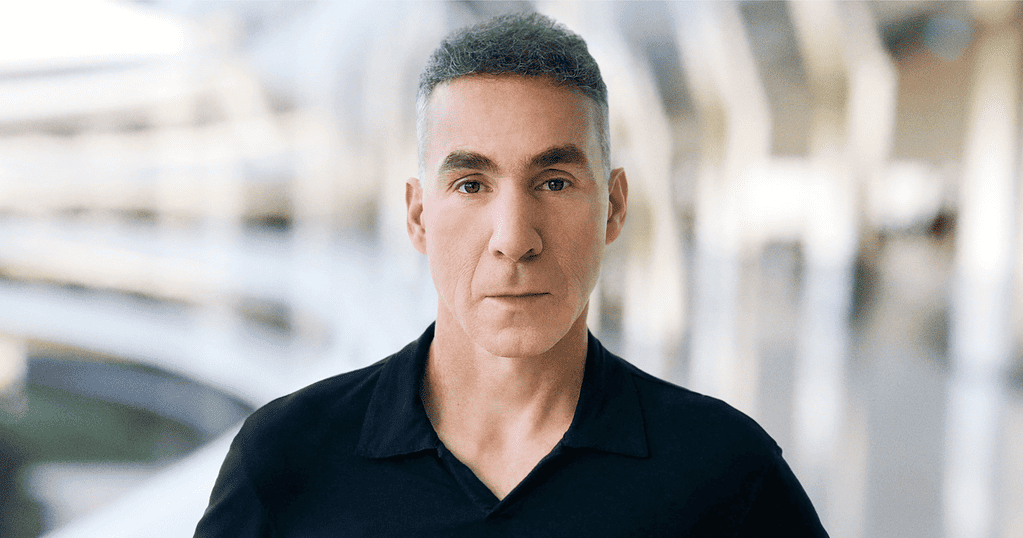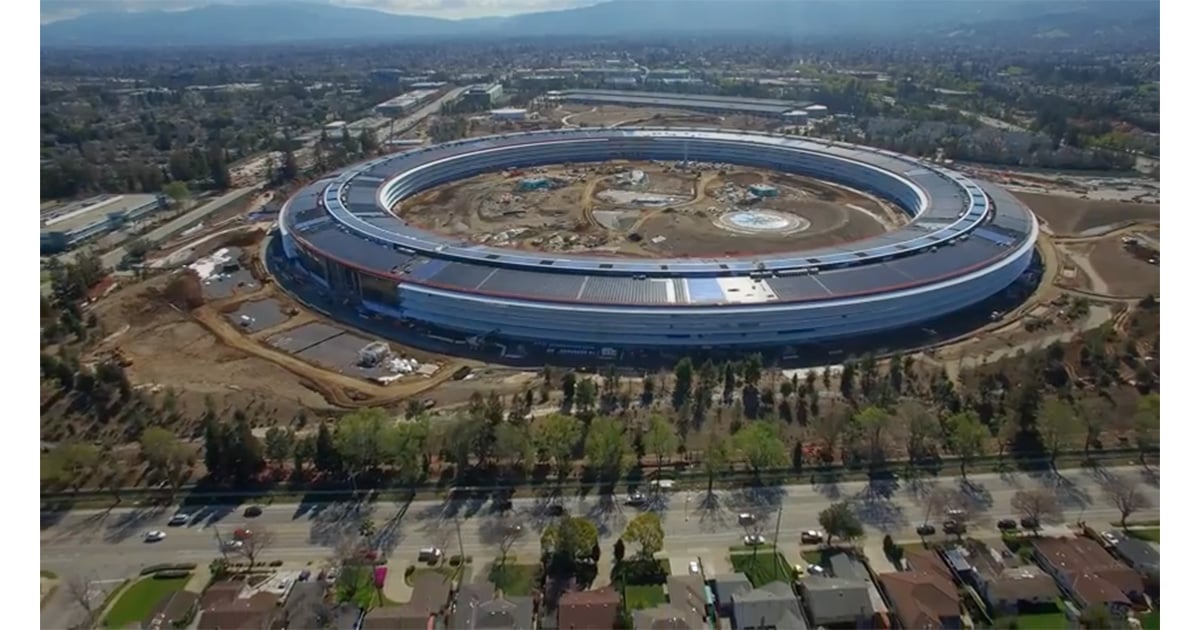Apple has developed a strategy to manage the departure of key executives by retaining their expertise and influence within the company, even after they step down from their primary roles. This approach helps mitigate the disruption when a high-profile executive leaves. This approach reassures shareholders and maintains the company’s internal knowledge base. Here are some examples of how Apple has implemented this strategy:
Luca Maestri: Apple’s Chief Financial Officer (CFO), Luca Maestri, is stepping down from his role at the end of the year. Instead of leaving the company entirely, Maestri will continue to oversee Apple’s Information Systems and Technology (IS&T) unit, information security, and real estate and development functions under a new group called Corporate Services. Through this, he can remain involved with the company and provide counsel to CEO Tim Cook and the executive team.

Bob Mansfield: After announcing his retirement in 2012, Bob Mansfield, a hardware engineering team leader, was persuaded by Tim Cook to stay on in a smaller role leading silicon and wireless technologies. Although he transferred his responsibilities to others within a year, he remained on the payroll as a consultant, which helped during a sensitive time following Steve Jobs’ passing.

Jony Ive: In 2015, after expressing a desire to step back, Jony Ive was allowed to work part-time while being promoted to Chief Design Officer. This arrangement kept his influence and name associated with Apple for several years, maintaining investor confidence and employee morale.

Phil Schiller and Dan Riccio: Both executives transitioned to new roles that allowed them to remain with Apple while stepping back from their primary responsibilities. Schiller became an Apple Fellow, retaining oversight of the App Store and product launches. At the same time, Riccio focused on the Vision Pro project.


Apple emphasizes continuity and stability by retaining institutional knowledge during executive transitions. This approach helps maintain investor confidence but may stifle innovation by not bringing in fresh talent. Despite challenges, Apple prioritizes retaining seasoned executives for smooth transitions and sustained performance.
More here.
